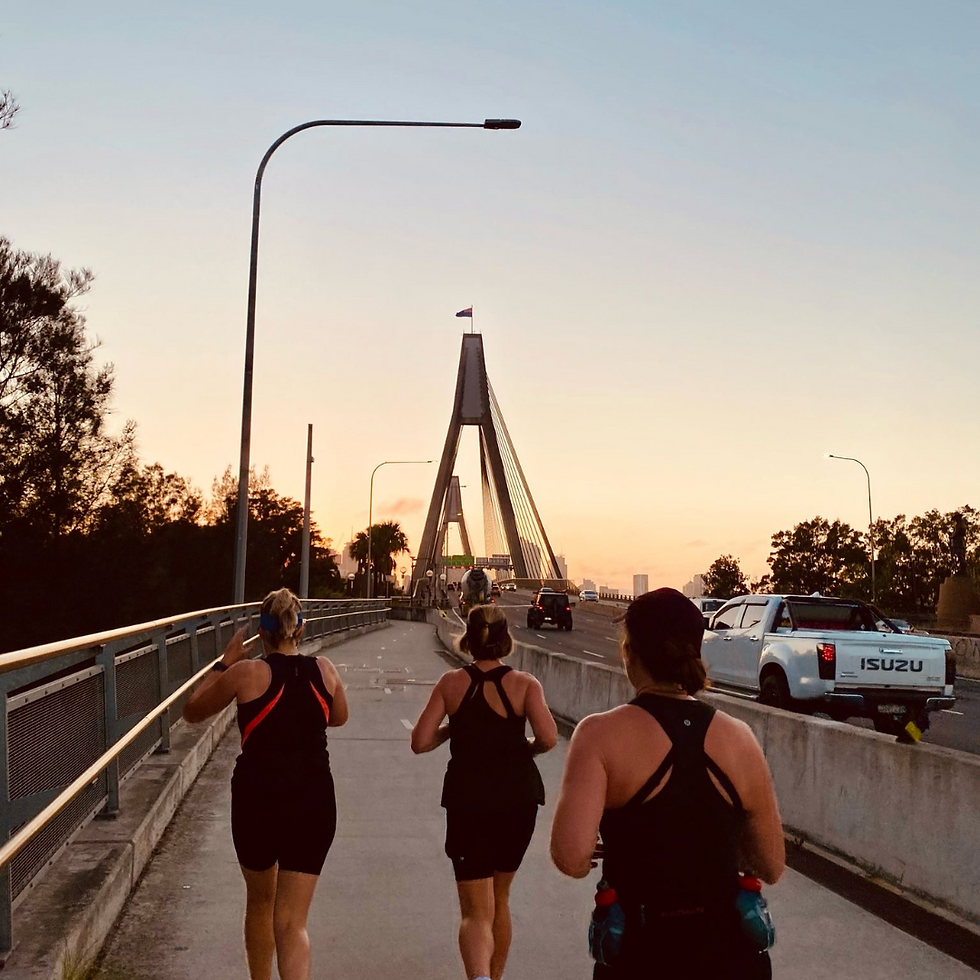The Legend of Louisa Lawson
- neighbourhoodmedia

- Jul 11, 2023
- 2 min read
Updated: Jan 28, 2024
Activist, publisher, poet and inventor – the remarkable Louisa Lawson was once known as the 'mother of suffrage' in NSW, helping Australian women to obtain the vote in 1902. Despite this Louisa is most famous for being the inspiration for her son Henry Lawson's titular character in The Drover's Wife. But her story is far more interesting than fiction.

Born on a cattle station near Mudgee in 1848, Louisa was the second eldest of 12 children. A bright and academically dedicated girl, Louisa was denied the chance to become a teacher in her teens and instead made to look after her younger siblings. She married Norwegian sailor Niels Hertzberg Larsen (later Anglicised as Peter Lawson) to escape a small country life, only to find herself trapped by motherhood and her husband's gold fever, which prompted them to move several times in search of better prospects.
Tired of this itinerant existence, she struck a deal with Peter: they would separate and she would take the children to live in Sydney. It was a decision that would change the course of her life. While Peter sent money for the upkeep of the children from his various jobs, Louisa ran a boarding house and began saving money for important projects of her own, namely the purchase of a printing press and the publication of a women's paper called The Dawn, launched in 1888.

Louisa used The Dawn to present what would now be considered feminist concepts, including equal rights in marriage, divorce and child-rearing, as well as suffrage – women's right to vote – among fashion and household tips, short stories and poems.
Having grown up in poverty, Louisa also lent strong support to the socialist cause and was a staunch unionist. (Though she did have a run-in with the NSW Typographical Association for using non-union typesetters; as she had a staff of all women. During this time women were not allowed to join the union.) Unlike many suffragists at the time, who were wives of prominent men, Lawson was a working woman's voice in the suffrage movement, which achieved its goal when the Commonwealth Franchise Act 1902 granted most Australian men and women the right to vote and to stand in federal elections.

Not just an activist, publisher and poet, Louisa was also an inventor. Earlier in her marriage, she and Peter had converted their homestead at what is now known as Eurunderee into a general store and Peter was appointed as the postmaster there – though with a goldrush on his doorstep it was no surprise that she did a great deal of the work. Her work as a postmistress prompted her to develop a better way to fasten mailbags and she went on to invent and patent a new type of buckle. Unfortunately, a man pirated the design, and the subsequent court case to defend her invention wore her out mentally and financially.
Louisa spent her latter years in Marrickville in a cottage known as the Old Stone House, formerly located near Tempe Station. In the mid-20th century, this area was turned into an industrial estate and the property no longer exists. Instead, Inner West Council now commemorates Louisa at 6-10 Roach Street, Marrickville, also known as Louisa Lawson Reserve, where you'll find a mural celebrating this extraordinary woman.






Comments